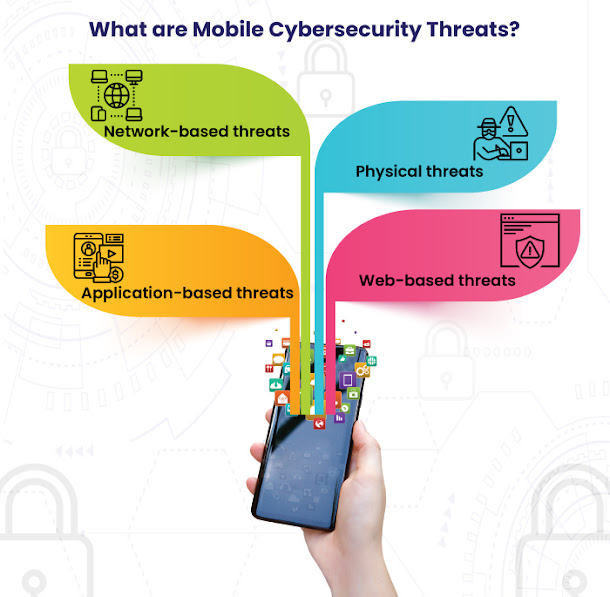Mobile phone user interface comparison MZ Marketing
When comparing mobile phone user interfaces (UI), it's essential to consider various aspects that impact the user experience, customization options, ease of navigation, and overall functionality. Here's a detailed comparison of mobile phone user interfaces, highlighting key features and characteristics of popular UIs:
1. Android Stock UI (Pixel Experience):
- Clean and Minimalistic Design: The stock Android UI, as seen on Google Pixel devices, features a clean and minimalistic design with a focus on simplicity and ease of use.
- Google Integration: Seamless integration with Google services and apps, including Google Assistant, Google Photos, and Google Drive.
- Customization: Offers a high degree of customization through widgets, app icons, and third-party launchers, allowing users to personalize their home screens and app layouts.
- Quick Settings and Notifications: Intuitive quick settings panel and notification system for managing alerts, messages, and system settings.
For Best Marketing Services https://www.facebook.com/profile.php?id=61551711857893&mibextid=ZbWKwL
2. Samsung One UI:
- Enhanced Multi-Tasking: One UI introduces features such as split-screen multitasking, pop-up view, and improved app organization for efficient multitasking.
- Samsung Dex: Integration with Samsung Dex for a desktop-like experience when connecting the device to an external monitor.
- Customization and Theming: Extensive theming options and customization features, including icon packs, wallpapers, and system-wide themes.
- Enhanced Accessibility: One UI emphasizes one-handed usability with redesigned layouts and interactive elements placed within easy reach.
3. Apple iOS:
- Seamless Ecosystem Integration: Deep integration with Apple's ecosystem, including iCloud, Apple Music, and the App Store, providing a cohesive user experience across devices.
- App Store and App Management: Well-curated App Store with strict app quality control, offering a wide range of high-quality apps and games.
- Gestures and Navigation: Intuitive gesture-based navigation system, including swipe gestures for multitasking and quick access to app switching.
- Continuity and Handoff: Seamless continuity features, such as Handoff and Airdrop, for transferring tasks and content between Apple devices.
For Best Marketing Services https://www.facebook.com/profile.php?id=61551711857893&mibextid=ZbWKwL
4. Huawei EMUI (Harmonys):
- App Gallery and Huawei Services: Integration with Huawei's App Gallery and services ecosystem, offering alternative app distribution and cloud-based features.
- Multi-Window Support: Multi-window mode for running multiple apps simultaneously and enhanced productivity.
- AI Enhancements: AI-powered features for performance optimization, battery management, and intelligent task management.
- Theming and Customization: Extensive theming options and customization features for personalizing the user interface.
5. Xiaomi MIUI:
- Feature-Rich Customization: MIUI offers extensive customization options, including themes, icon packs, and system-wide customization settings.
- Integrated Services: Integration with Xiaomi's ecosystem of services, including Mi Cloud, Mi Music, and Mi Video.
- Gesture Navigation: Gesture-based navigation system for intuitive and efficient navigation through the UI and app interactions.
- Enhanced Control Center: Control Center for quick access to settings, toggles, and shortcuts.
When comparing mobile phone user interfaces, users should consider their preferences for customization, ecosystem integration, multitasking features, and overall design aesthetics. Additionally, factors such as app availability, system updates, and device compatibility may influence the choice of a specific mobile phone UI.
For Best Marketing Services https://www.facebook.com/profile.php?id=61551711857893&mibextid=ZbWKwL



.jpeg)
Comments
Post a Comment